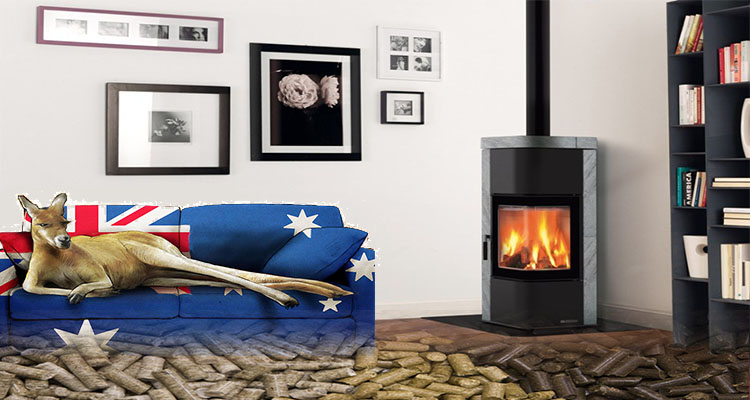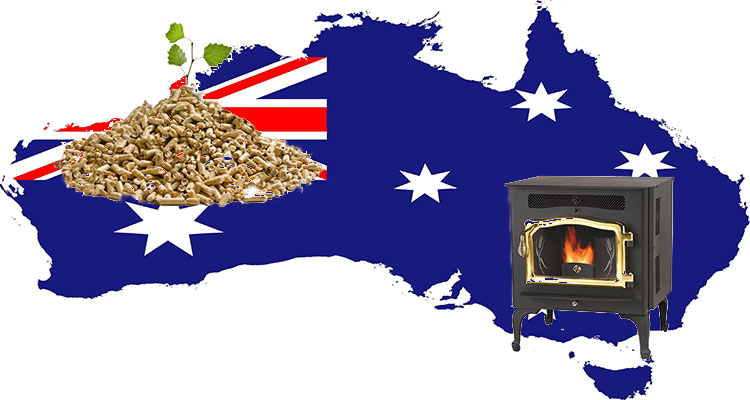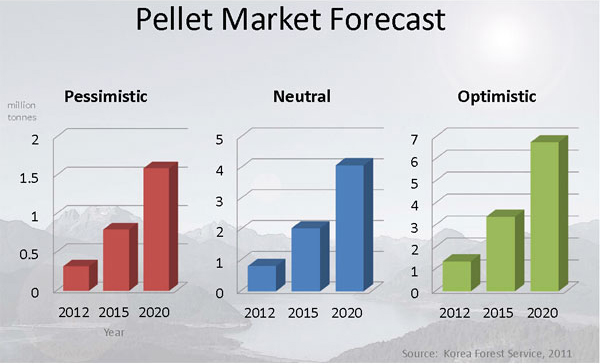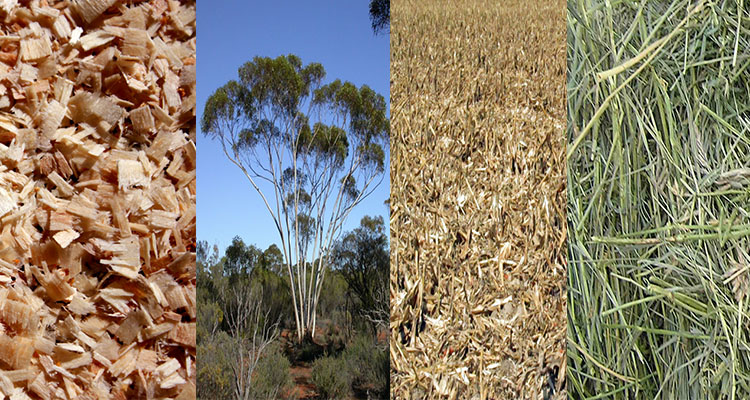
Compare to European and North American countries, wood pellet is much newer in Australia. Therefore, the number of wood pellet plants in Australia is lower than the above countries. Australian wood pellet is limited to the domestic users, while countries such as the UK, the USA, holds a wide applications both domestic and industrial. Generally, the size of the wood pellet plant is determined by the different applications., and both of the small and large pellet plants have their own advantages. Small pellet plant may require less capital input and feedstock, while large pellet plant can supply industrial pellet users.
Local Market Potential for Wood Pellet Plant
Australian wood pellet plants mainly supply the domestic customers for heating purpose as the residences are widely spread around the country, so Australians usually build their own heating system for their houses. However, there is also a medium scale demand of wood pellet for electricity generation, which is required by some hospitals, retirement homes, swimming pools in Australia. Even though, the potential of both industrial electricity and heating generation have not been fully realized. As the international pellet market is growing and the technology is ready, the conversion of Australian electricity and heating generation system will take place.

Oversea Market for Australian Pellet Plants
As we all know, EU is the largest wood pellet importer in the world which we have mentioned several times before. But for Australian wood pellet manufacturers, the EU destination is not the only choice, Eastern Asia ( Japan and South Korea ) is recently a growing new wood pellets market for Australian wood pellet plants.
Take South Korea as an example, even though it is a small country for its limited land territory, it is the second largest coal importer around the world, and the fifth largest oil importer, tenth largest energy consumer. Right now, 64% of Korean electricity is made from fossil fuels, which causes serious environment problems. Therefore, South Korea government is committed to reducing 30% of CO2 emissions by 2020. It indicates a large amount of conversion from coal firing to co-firing system. Take Korean coal consumption in 2012 as an example, the Korea coal consumption in 2012 is 75 million tons. Based on the greenhouse emissions reduction policy in Korea, the wood pellet consumption would be 1.4 million tons in 2012 ( 75 million tons of coal times 2% renewable energy times 60% biomass times 1.5 tons of wood pellets per ton of coal ). The wood pellet consumption will surely be increased annually which is ordered by the government, so by the year of 2020, the wood pellet consumption is estimated to be over 6 million tons annually.

Raw Materials for Australian Wood Pellet Plant
Australia has a strong forest products processing industry ( such as sawmills ) which can provide large amount of wood by-products, such as: sawdust, wood chips, wood shavings, bark and other residues. These are the perfect raw materials for Australian wood pellet plants. As the Australian government has strong support the wood pellets industry, the forest products processing industry is linked to the Australian wood pellet plants, so the feedstock is easily insured.
Despite of the wood residues from forest products processing industry, Australia can also provide multiple choice for feedstock, such as mallees, cereal crop residues, grasses, etc.

